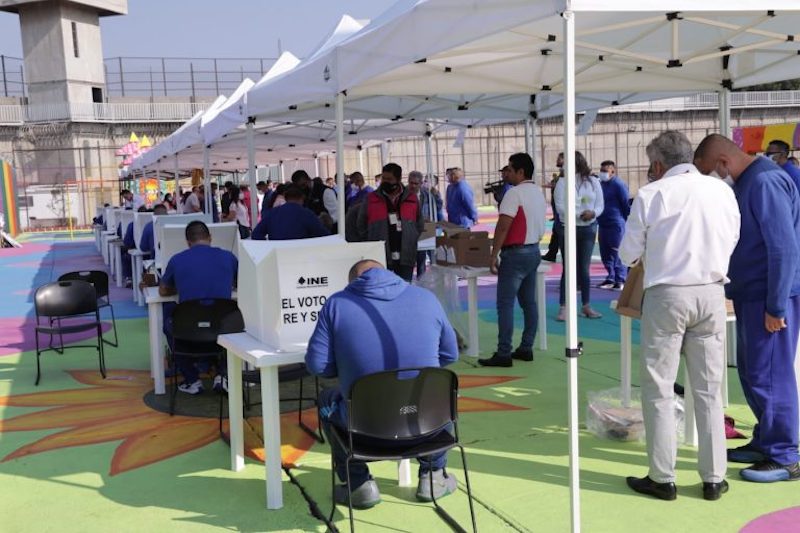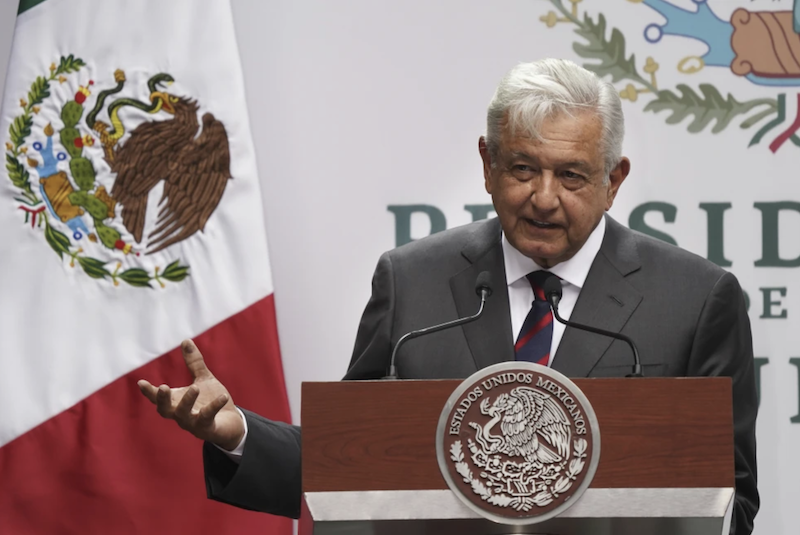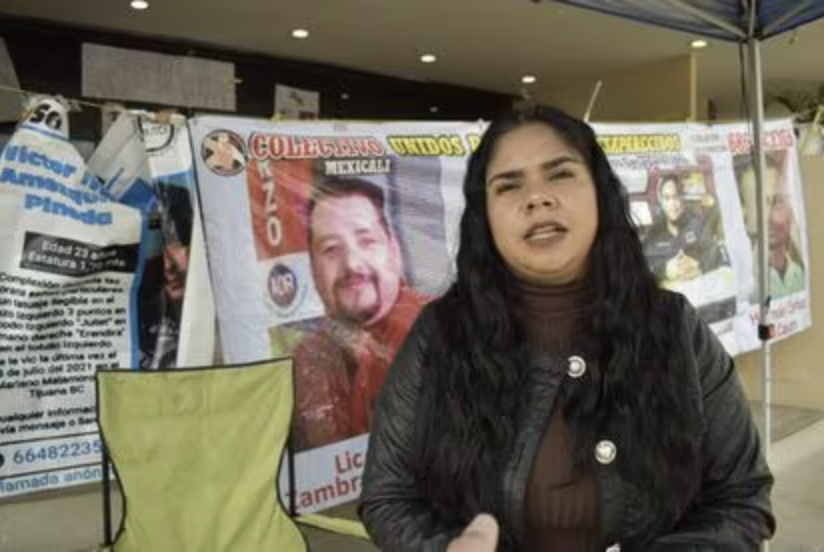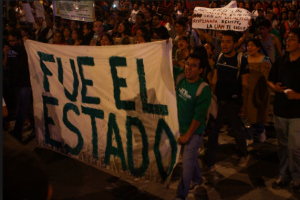
11/22/14 (written by otawka) — It has been over seven weeks since the disappearance of the 43 students in Iguala, Guerrero, and Mexico is amidst massive protests and public demonstrations. Protesters have continued to demand answers regarding the attack on the students and Mexico’s ongoing struggles with government corruption and violence. Activists have also mobilized in response to the Federal government’s handling of the case of the missing students, and many of the protests have turned violent, now culminating into larger national protests and international demonstrations of solidarity.
Earlier in October protests broke out in Guerrero and spread to Mexico City. In Acapulco, thousands marched on October 17, including family members of the disappeared, who carried photographs of the missing students. More recently in Guerrero, many protests have turned violent with protesters destroying and defacing government property. On November 11, in Chilpacingo, the state capitol, a group of teachers attacked the Institutional Revolutionary Party’s (Partido Revolucionario Institucional, PRI) local office. The State Coordinator of Education Workers in Guerrero (Maestros de la Coordinadora Estatal de Trabajadores de la Educación en Guerrero, CETEG) organized the protests within the state capital. Only two days later on November 13, during a protest of 600 teachers in Chilpacingo, protesters set fire to Secretariat of Administrative Oversight of Education building and the Congress of Guerrero.
On Friday November 7, Mexican Attorney General Jesús Murillo Karam announced that according to information obtained from those arrested in connection with the 43 disappeared students at the end of September, the students’ bodies were allegedly found tortured and killed. Murillo Karam finished his announcement at the press conference by stating “ya me cansé,” or “enough, I’m tired.” This phrase then became a point of outrage for many Mexican citizens who were already dissatisfied by the federal government’s response to the disappearances. The phrase became an important part of the movement, with many saying, “ya me cansé de miedo,” or “enough, I’m tired of fear,” and “ya, me cansé de violencia” or “enough, I’m tired of violence,” which also trended as a hashtag in social media among protesters and public figures alike.
Meanwhile, protests spread throughout Mexico and internationally. On Saturday, November 8, an estimated 15,000 protesters marched through downtown Mexico City to the Zócalo at the heart of the city’s historic center. For most of the march, the protest was peaceful, but towards the end of the demonstration a smaller group of protesters began to attack the National Palace by spray painting the palace door, throwing objects at it, and even setting fire to it. Many protesters in the crowd cried that they stop the violent acts. Guards eventually arrived and secured the door, later followed by riot police and city police, who allegedly beat some of the protestors. There is no official data of the number of arrests, though at least two people were wounded during the protest.
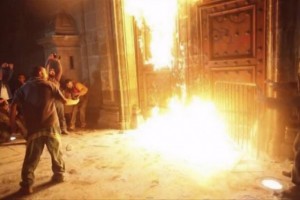
What seems to have only enraged the Mexican public more, the following day Mexican President Enrique Peña Nieto left for China and Australia on official business. Meanwhile, articles surfaced about his wife’s ownership of a $7 million (USD) mansion in Mexico City. A recent report by Mexican journalist Carmen Aristegui suggests the mansion was previously owned by Ingeniería Inmobiliaria del Centro, which is part of the conglomerate Grupo Higa, a major government contractor in Mexico. This contractor was one of the corporations that had a stake in the planned high-speed train from the State of Mexico (Estado de México, Edomex) to the State of Querétaro and the report seems to suggest corrupt connections in the dealings of the president. Even on his trip, Pena Nieto was confronted with protests. On November 15, in Brisbane, Australia Peña Nieto was greeted by demonstrators, protesting the disappearances of the students, corruption, and drug war violence.
On Thursday, November 13, family members, colleagues, and supporters of the 43 students then began a caravan that started in Guerrero. The plan at the initiation of the protest was to have three routes traveling through various Mexican states, culminating in one massive protest in the nation’s capital on November 20. One caravan left on Friday, November 14 from San Cristóbal de las Casas in the southern state of Chiapas, which was led by some of the victims’ family members. Like many of the protests, the caravan sported the slogan, “Ayotzinapa Vive,” or “Ayotzinapa Lives,” while the family members still wait for more definite answers about what happened to the students on September 26. The students’ alleged remains found in the mass graves in Guerrero were sent to Austria for DNA testing, but no answers have confirmed whether or not the remains are those of the students, though reports seem to indicate that they likely are.
During the same weekend that the caravan commenced, on November 15, Mexico’s Federal Judiciary Council (Consejo de la Judicatura Federal, CJF) made an announcement that it has charged former Iguala Mayor José Luis Abarca Velázquez with organized crime, kidnapping of seven people, and homicide. Although CJF also stated that Abarca is considered the “mastermind” behind the events that took place in Ayotzinapa, Guerrero on September 26, including six deaths and the 43 disappearances, at this time he is only being charged for crimes before the attack on September 26. Although his wife, María de los Ángeles Pineda Villa, was implicated in the attack and is known to have connections to organized crime, so far she has not be been charged with any crimes and is being held on a special 40-day detention.
Protests and demonstrations continue internationally. Many demonstrations have featured 43 empty desks representing the empty seats of the missing students. Protesters march carrying photographs, paintings, and drawings of the missing 43 students. A strong online presence of posts continues from people all over the world, and of the most indicative of the trending hashtags is #FueElEstado which means, “It was the state,” implying that it was the Mexican government behind the students’ disappearance.
Sources:
“De qué delitos se acusa a los Abarca?” Milenio. November 4, 2014.
EFE. “México, me dueles mucho. ¿Qué cosechas sembrando cadáveres?” El País. November 9, 2014.
Kahn, Carrie. “In Mexico, Protests Over Missing 43 Students Continue.” NPR. November 14, 2014.

